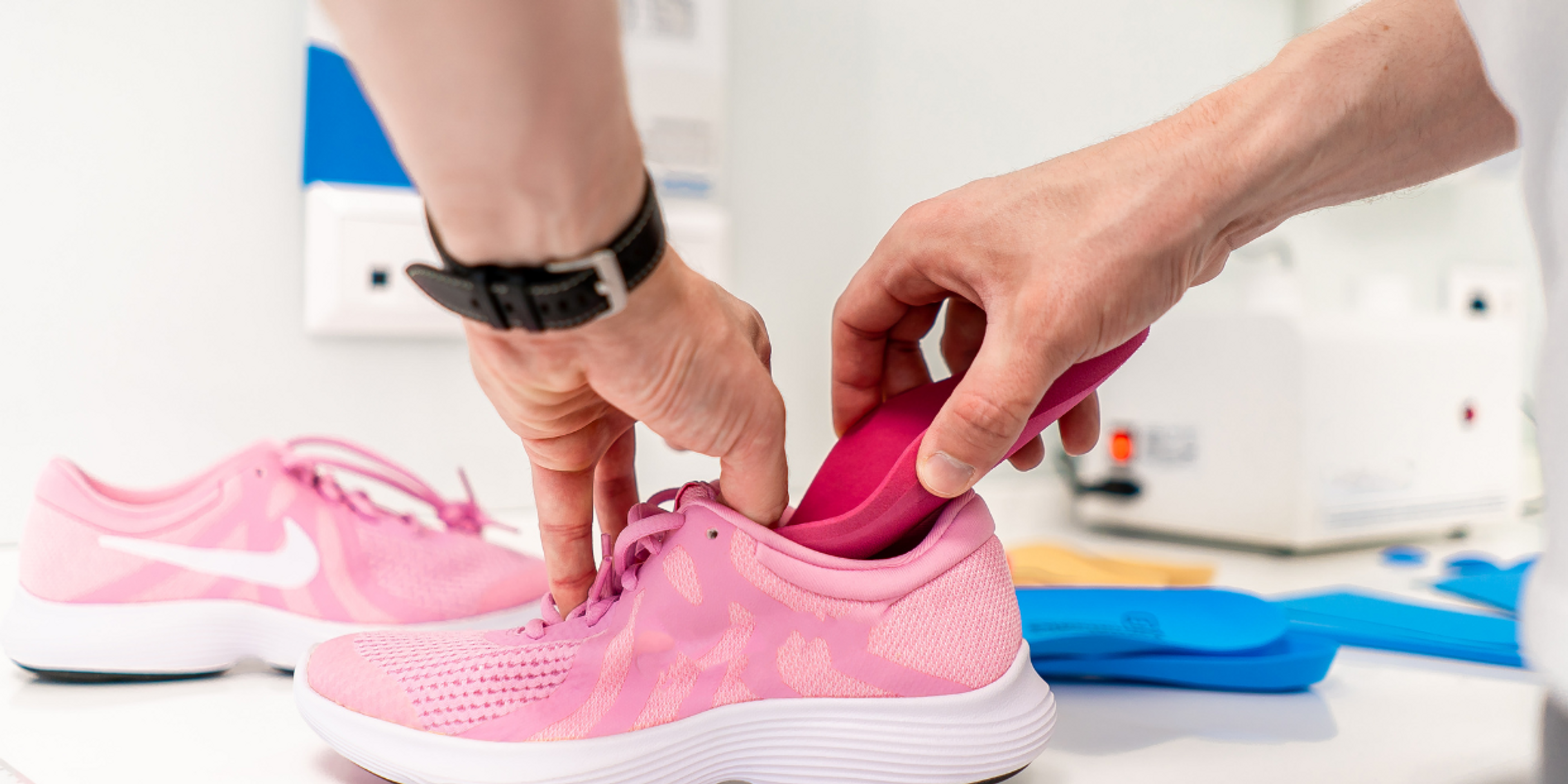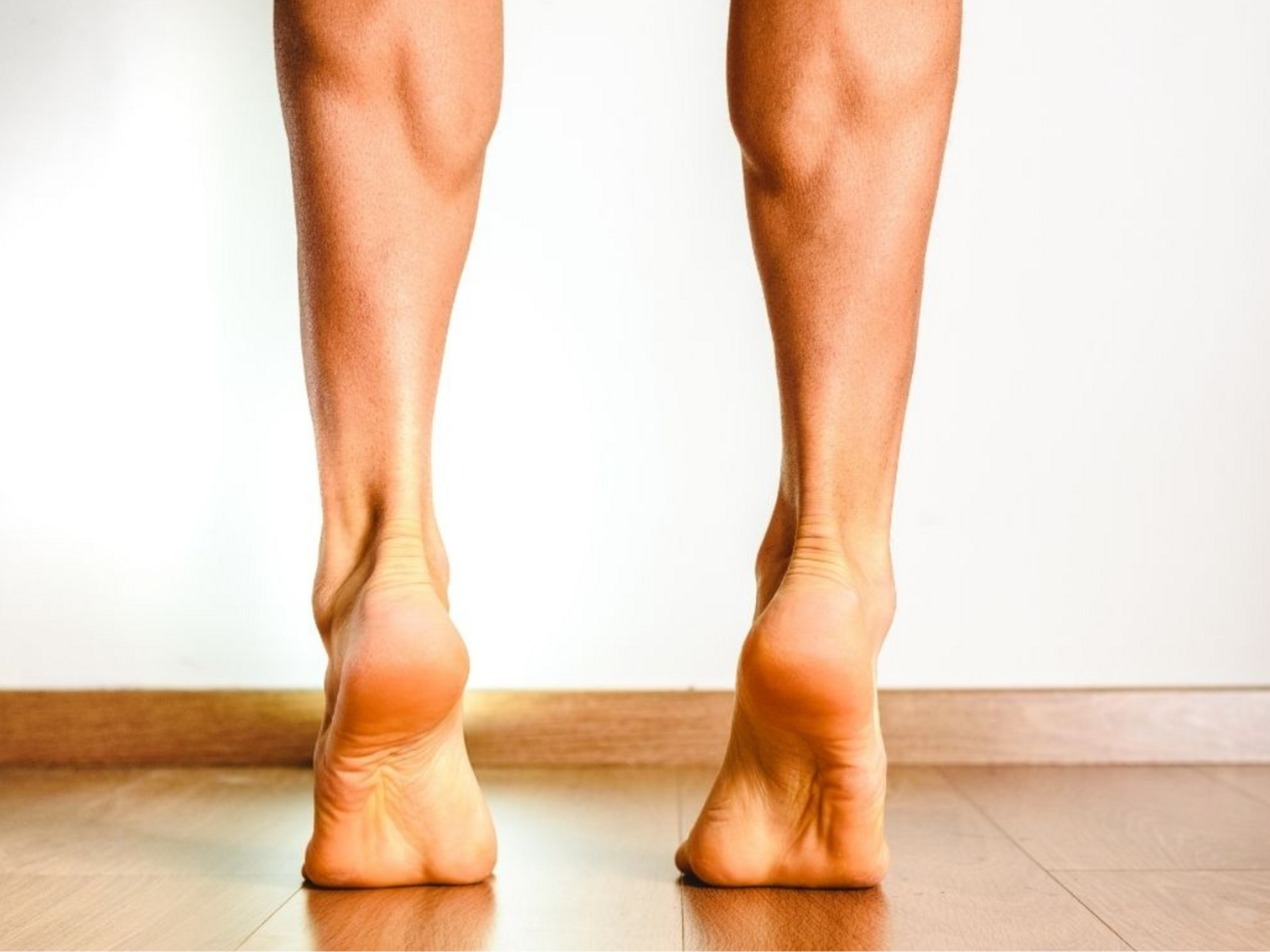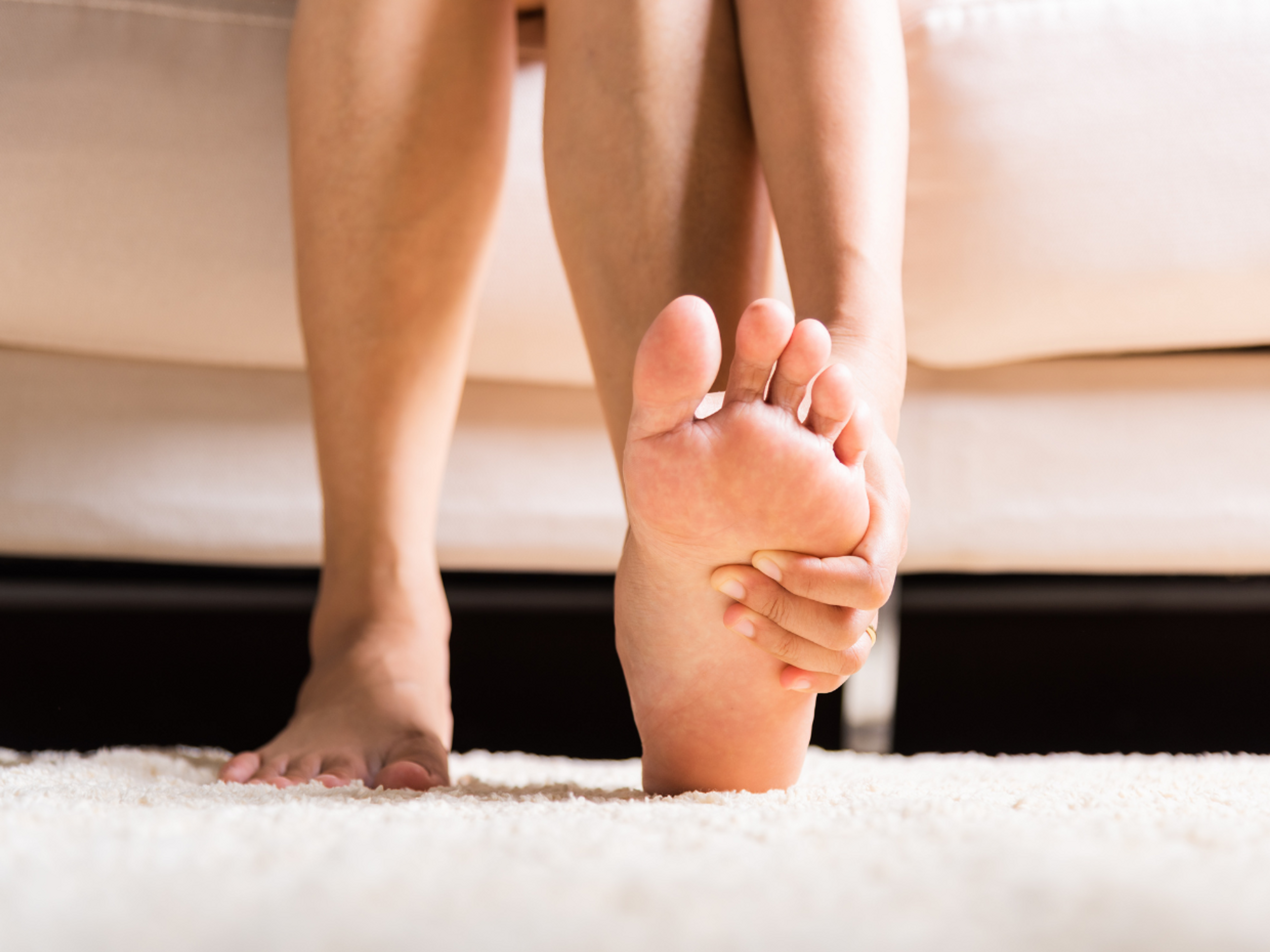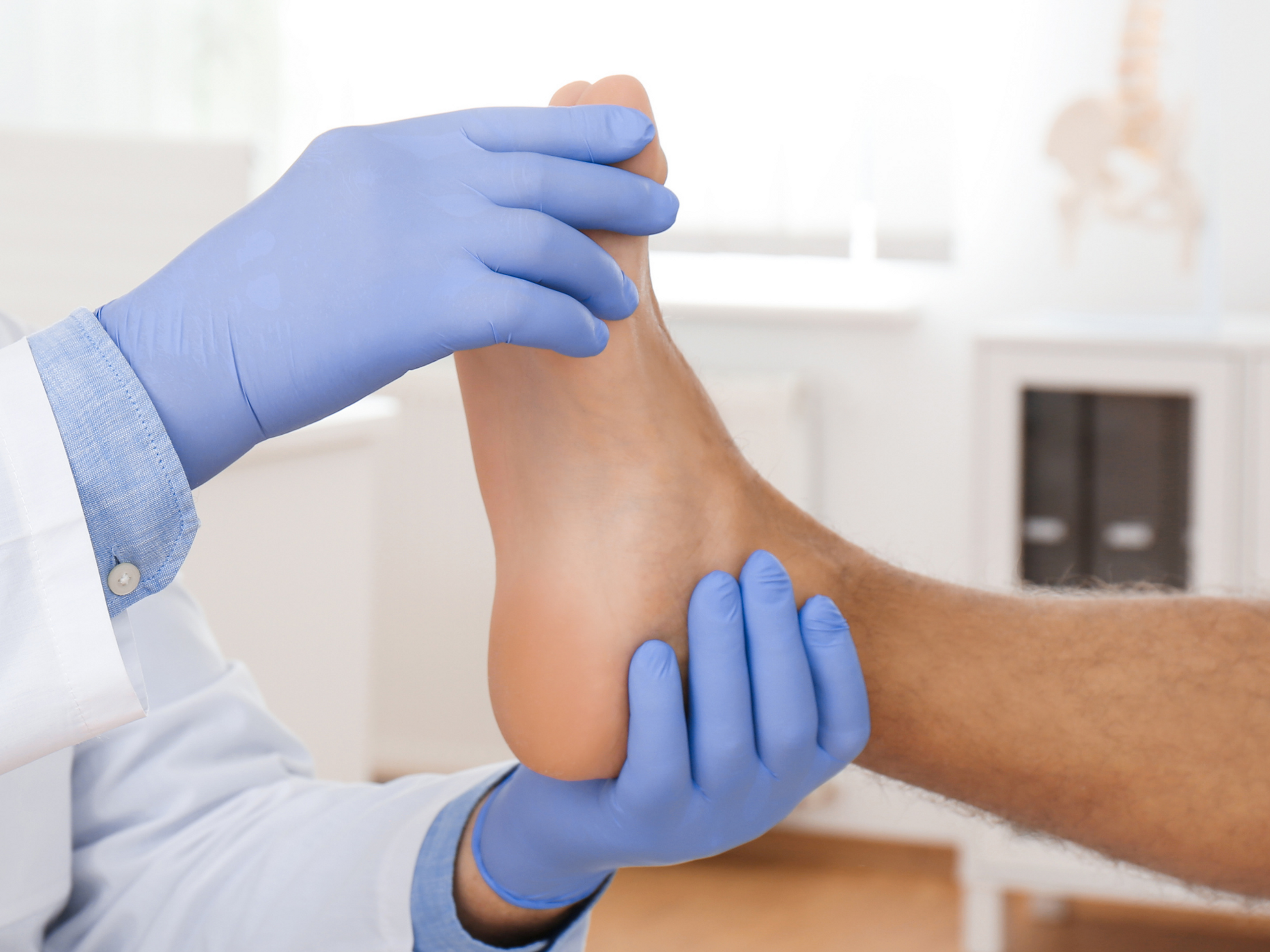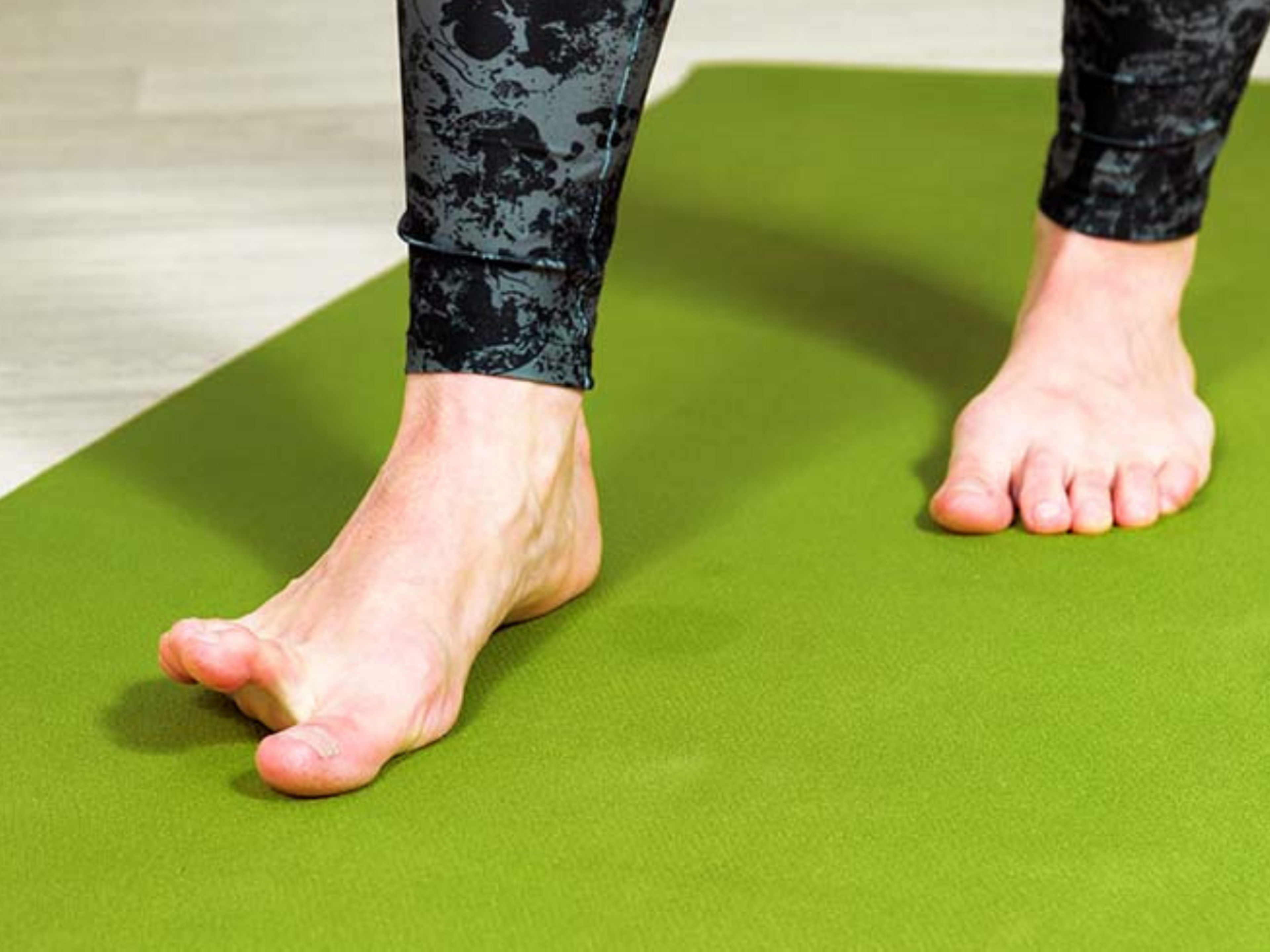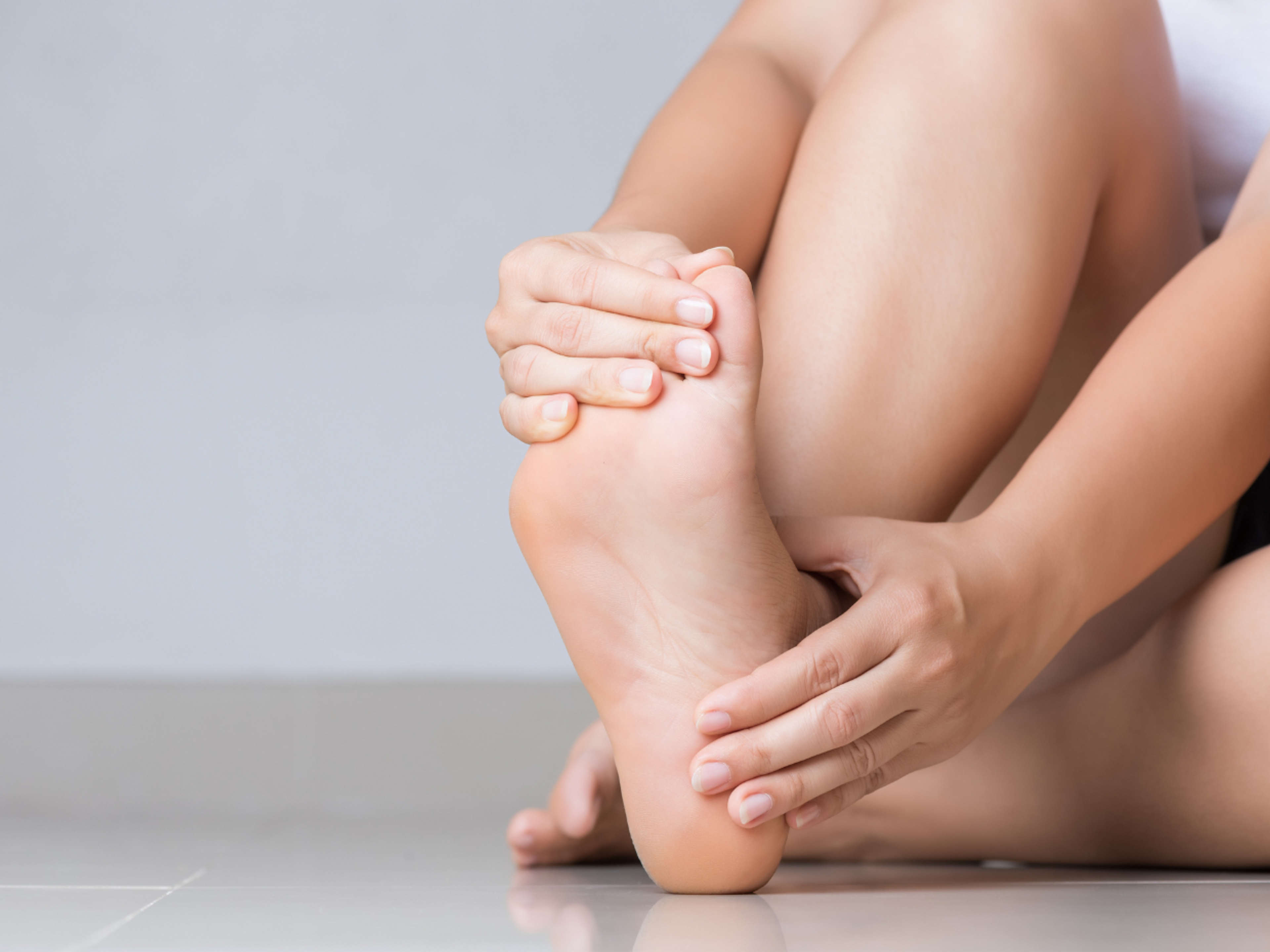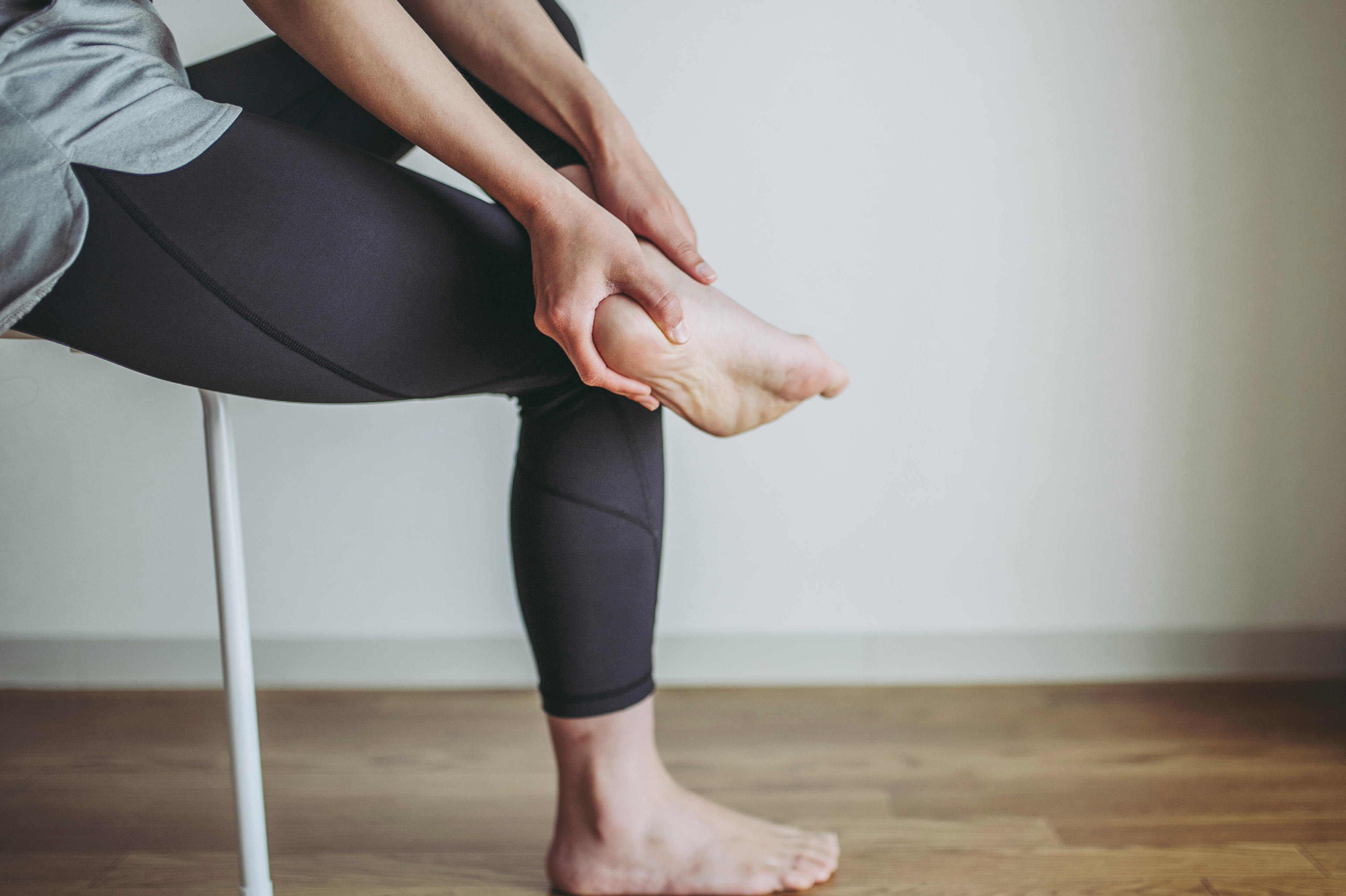Heel spur vs. plantar fasciitis: What’s the difference and how to treat it
Although these terms are often used interchangeably to describe the same condition (pain under the heel bone and foot), a specific diagnosis like heel spur or plantar fasciitis isn't always entirely accurate.
This article explains the difference between these two conditions, why a specific diagnosis isn't necessary for effective recovery, and how to treat it effectively.
What's the difference between a heel spur and plantar fasciitis
Heel spurs vs. plantar fasciitis
Why "plantar heel pain" is a more accurate term
Research indicates that when people experience heel pain, their scans usually reveal a combination of “injuries” and changes to their heel bone (calcaneus) and plantar fascia.
These changes typically involve:
- A thickening of the plantar fascia, and
- A thinning of the fat pad under the heel bone, and
- Sometimes a heel spur.
Since multiple structures can contribute to this type of heel pain, experts recommend using the term "plantar heel pain" instead of specific terms like "plantar fasciitis" or "heel spur" for a more accurate diagnosis.
A closer look at heel spurs
What do heel spurs look like?
In an x-ray, a heel spur appears as a tiny, pointed piece of bone on the underside of the heel bone.
What causes heel spurs?
Your body constantly renews its bone tissue, like with your fingernails and hair. It also responds to pressure and stress by depositing more bone cells in that area to make it stronger.
When new bone cells are laid down, they occasionally form a bone spur – a small, often pointy nodule or bump formed by a collection of excess bony tissue.
Bone spurs can form in any area of the body where there is too much pressure (or repetitive stress) on a bone.
Heel spurs are bone spurs that specifically develop where the plantar fascia connects to the heel bone.
The current understanding suggests that heel spurs occur when an overloaded plantar fascia pulls excessively on its attachment to the heel bone.
Your plantar fascia can become overloaded for various reasons, including:
- Weak foot and ankle muscles
- Excessive pronation (rolling in of the foot) when walking and running
- Poor core and hip muscle strength and control
- Wearing hard or unsupportive shoes
- Walking on hard surfaces like concrete
- Increasing sports or walking intensity and volume too quickly
So, the same factors that cause plantar fasciitis are likely also to blame for heel spurs developing. You’ll find detailed advice on how to address these issues in our other articles about plantar fasciitis.
What does a heel spur feel like?
Research indicates heel spurs are often not painful, contrary to popular belief.
This means that while your current pain might be related to the heel spur, you don’t actually need to remove the spur to get rid of the pain.
It sounds counterintuitive, but let us explain.
Years ago, when experts first identified bone spurs on scans, heel spurs looked particularly painful, and doctors assumed they were the main reason for a person’s heel pain.
However, recent studies show that these bony outgrowths also occur in people without any heel pain.
For instance, when people with foot pain have their feet scanned, heel spurs are often found in both feet, yet they only experience pain in one.
Also, when you recover from heel pain, the heel spur remains – casting even more doubt on whether heel spurs cause any symptoms.
So, it's not exactly clear what heel spurs feel like or how much they contribute to heel pain.
The good news? Heel pain linked to heel spurs can usually be treated without surgery. Since the same factors that cause plantar fasciitis also play a role in developing heel spurs, the same treatment approach often works for both.
Can heel spurs go away?
No, heel spurs are permanent. However, they usually don't cause pain, so there's no need to be concerned if you have one.
The research (as discussed above) clearly shows that it is possible to fully recover from heel pain (and remain pain-free) even if you have a heel spur.
Do you need surgery to remove the heel spur?
No, studies indicate that removing a heel spur doesn't improve surgical outcomes for heel pain.
That means you may still have heel pain even if you have surgery to remove a heel spur.
Understanding plantar fasciitis better
When you’re diagnosed with plantar fasciitis, it typically suggests a plantar fascia injury is the cause of your pain, but it's important to recognize this may be oversimplified.
Although plantar fasciitis is a common cause of heel pain, it might not be the only contributor to the discomfort.
Here's what makes it a little more complex:
- The causes of plantar fascia overload (and flare-ups) and the factors leading to heel spur growth are similar. In some cases, a heel spur might also contribute to your pain.
- Additionally, your heel bone fat pad (which cushions your heel bone) could be irritated and play a role in the pain you feel under your heel when you’re standing or walking.
The good news is that the treatment is the same, no matter which structures are involved. So, you don’t need to worry about identifying the exact source of the pain.
Treatment for heel spurs and plantar fasciitis is the same
In a previous article, we discussed the 5 best home treatments you can use to treat plantar fasciitis, but these also work well for heel spurs and include:
1. Relative rest
Briefly, relative rest involves reducing your physical activities to a level that doesn’t worsen your pain, giving your injury a chance to heal, and allowing your pain to settle.
2. Supportive shoes, orthotics or insoles, plantar fascia taping
By wearing supportive shoes, using orthotic inserts, and taping, you support your feet better and help relieve excess pressure on the injured areas, which can reduce heel pain.
3. Physiotherapy exercises
If muscle weakness or tightness contributed to your plantar fascia overload and heel spur development, you can reduce pain and prevent it from worsening with targeted exercises that:
Whether you have heel pain from a heel spur or plantar fasciitis, the best way to ease it is with a combination of these treatments tailored to your unique injury and circumstances.
Want help with your rehab? The Exakt app offers expert-designed plans that adapt to your feedback – adjusting exercise intensity to match your stage of recovery and guide you safely forward.
Conclusion
The key points to remember from this article are:
- Heel spurs are often painless and don't necessarily indicate a problem.
- Plantar fasciitis and heel spurs are typically associated with one another or other issues in the foot, like fat pad irritation.
- A better term for the heel spur and plantar fasciitis pain is "plantar heel pain" – because pinpointing a single structure causing the pain is difficult in most cases.
- The same treatments work for both plantar fasciitis and heel spurs, but they need to be tailored to the individual.
- Surgery is not necessarily needed for heel pain associated with heel spurs.
The Exakt app streamlines your injury recovery by offering easy access to expert advice and guidance tailored to your feedback. Download the app today and get simple and effective treatment plans for a hassle-free rehab experience.

